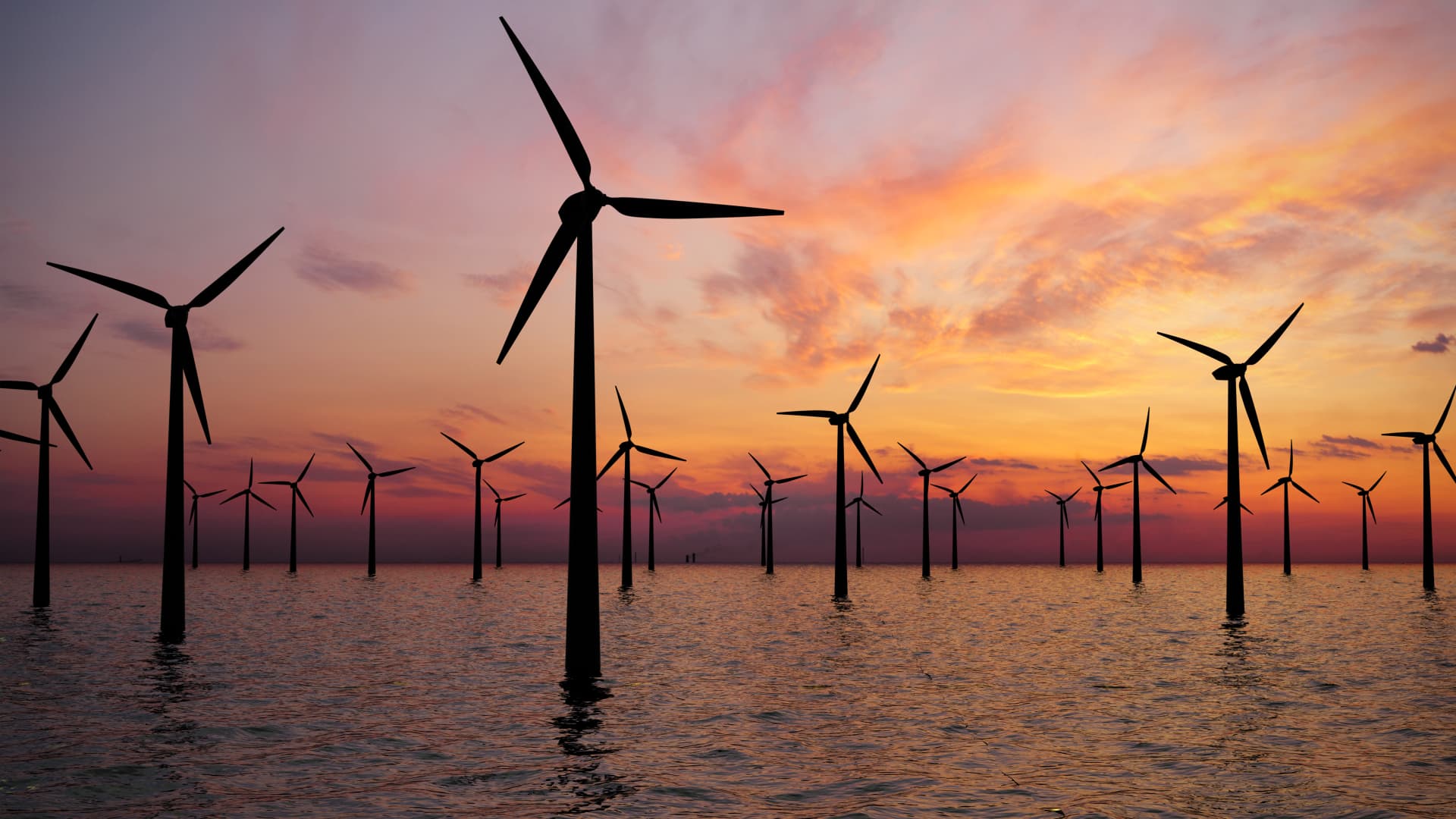The planned transition toward renewables is still in focus for the energy industry, and technology such as hydropower, solar, biofuels and many others remain key as the world seeks to move away from a carbon-intensive system.
But it’s an endeavor that requires not just the right technological capabilities, but a hefty amount of capital too, said S&P Global’s Vice Chairman Dan Yergin.
And that means that some fund managers are beginning to dial back on their ESG (environmental, social, and corporate governance) pledges, he told CNBC on the sidelines of the ADIPEC energy conference Monday, noting that many renewables projects are being slowed down or paused.
“If you’re in a money management business, you do need returns,” said Yergin.
“And we’ve seen that with more North American funds that, yes, we want to do energy transition, we want to do ESG. But we actually need returns as well. And that has shifted — the attitude — there’s kind of a more realism,” Yergin said.
In the second quarter of this year, investors have pulled $635 million from U.S. sustainable funds, according to funds research firm Morningstar. That racks up a total outflow of $11.4 billion from these sustainable funds in the past year. And just recently in September, Blackrock informed regulators that it’s closing a pair of sustainable emerging-market bond funds.
Costs of offshore wind have risen 40% compared to last year, according to the Energy and Climate Intelligence Unit. And more broadly, there’s still a gap between what investment has been achieved for renewables, and what organizations suggest still needs to be done. Global investments in energy transition technologies last year reached $1.3 trillion. But the International Renewable Energy Agency says that yearly investments must more than quadruple in order to limit global temperature rises to the key 1.5 degree Celsius level.
“The IRA [The U.S. Inflation Reduction Act] in terms of scale and money that is being poured in, there is nothing to compare it to .. Second thing is, cost of capital goes up — that’s affecting renewables. And thirdly, if you look at what’s happening in terms of costs of supply chains … So there’s technology and there’s a realism of money,” Yergin added.
